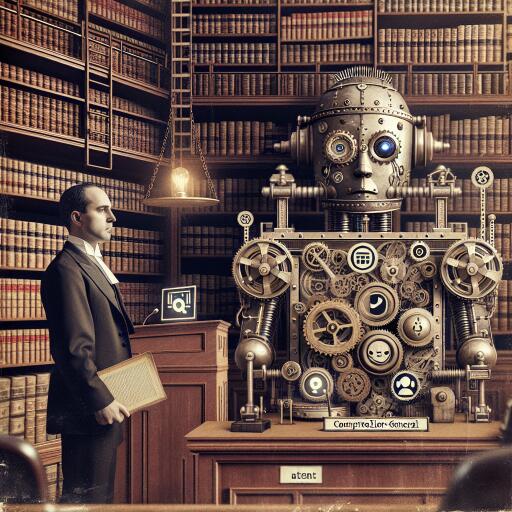UK Court of Appeal Clarifies Standards for AI Patentability in Landmark Emotional Perception AI Case
In a significant development for artificial intelligence (AI) and its intersection with patent law, the UK Court of Appeal has delivered a landmark ruling on the patentability of AI technologies. The case in question, involving a system developed by Emotional Perception AI, has set new precedents on how AI innovations, particularly those that utilize artificial neural networks (ANNs), are evaluated for patents in the UK.
Background of the Case
The controversy began with a patent application from Emotional Perception AI, which designed a system using ANNs to uniquely recommend and organize data files, such as music tracks, diverging from conventional search algorithm methodologies. This technology, mimicking human cognitive processes in sorting and recommendation, sparked a discussion about the boundaries of AI patentability.
Originally, the UK Intellectual Property Office (UK IPO) had rejected the application in June 2022, classifying the invention purely as a “program for a computer,” which is a category typically excluded from patent protection under the Patents Act 1977. This decision was challenged in the High Court, which in November 2023, sided with Emotional Perception AI, leading to an appeal by the UK IPO.
The Court of Appeal’s Ruling
The appeal saw the Court of Appeal overturning the High Court’s prior decision, reinstating the UK IPO’s initial rejection. Nevertheless, the Court clarified that being categorized as a computer program does not automatically disqualify an AI technology from patentability. The pivotal aspect of their decision was the affirmation that AI technologies need to demonstrate a “technical contribution” beyond the mere computer execution of an algorithm to qualify for a patent.
Applying the renowned Aerotel test—a four-step method for assessing the patentability of computer-related inventions—the Court settled on a framework for evaluating AI inventions:
- Properly Construe the Claim: Understanding the scope of what the invention claims to cover.
- Identify the Actual Contribution: Determining what new element the invention brings to the field.
- Determine Whether the Contribution Falls Within Excluded Matter: Assessing whether this contribution is something beyond merely being a computer program.
- Assess the Technical Nature of the Contribution: Evaluating if the contribution tackles a technical issue in a novel and non-obvious manner.
Key Takeaways for Successful AI Patent Applications
The ruling emphasizes the importance of making a tangible technical contribution for an AI invention to be considered patentable. Simply implementing an algorithm, regardless of its complexity, is not enough unless it presents a novel solution to a technical problem that advances the existing state of the art.
For Emotional Perception AI, the path forward involves demonstrating that its ANN technology does more than just organize data; it needs to illustrate an introduction of a new technical process or a significant improvement over existing ones.
Implications for AI Patent Guidelines
In light of this ruling, the UK IPO has revised its guidelines for patent examiners, instructing them to assess ANN-based inventions with the same scrutinous framework used for other computer-implemented inventions. This signals a move towards more rigorous, clearly defined standards for AI patent applications in the future.
Outlook
Although the Court of Appeal has closed the door on further appeals within its jurisdiction, Emotional Perception AI intends to escalate the matter to the Supreme Court. This ongoing legal battle underscores an evolving conversation about the nature of technical contributions in the realm of AI patents—a debate that is far from concluded.
Companies venturing into the patenting of AI technologies are now encouraged to meticulously articulate the technical problems their inventions address and delineate how these solutions meaningfully push the technological envelope forward.
As the legal landscape continues to adapt to the rapid advancements in AI, the criteria for what constitutes a patentable technical contribution will likely further evolve, shaping the future of innovation and intellectual property rights in the field of artificial intelligence.









